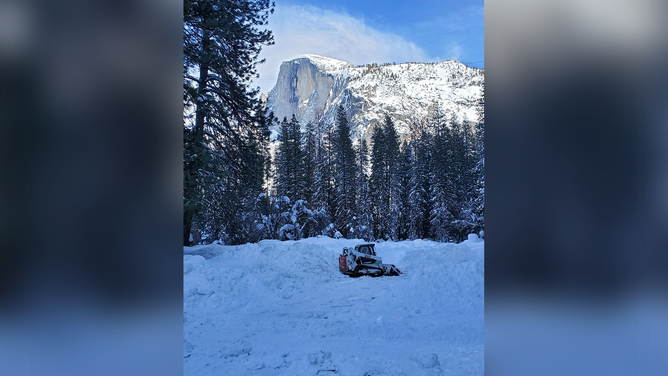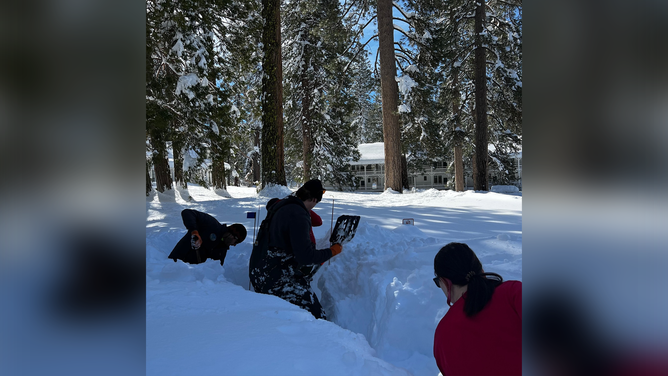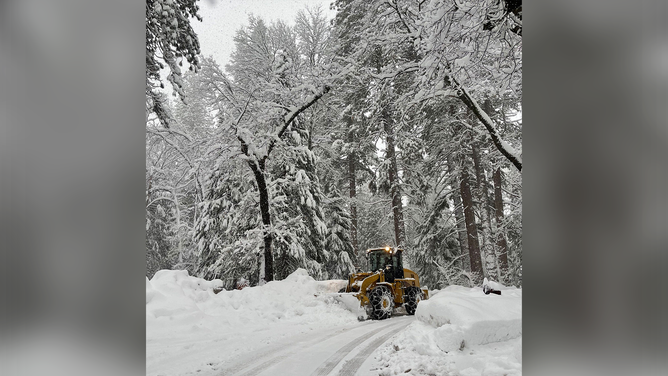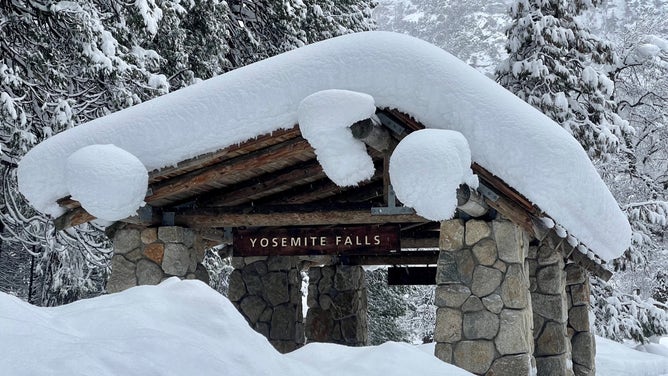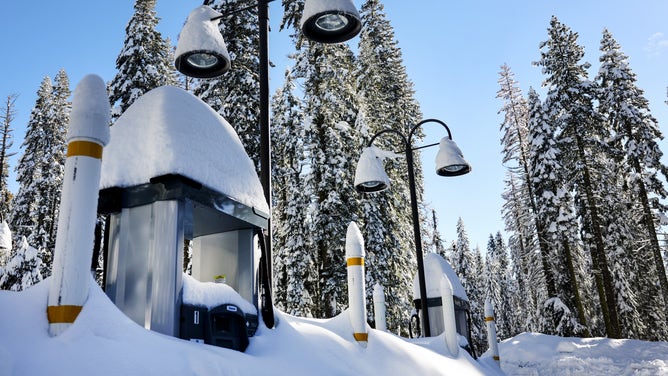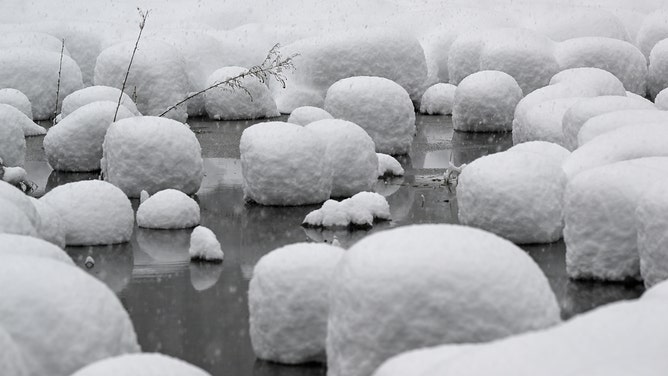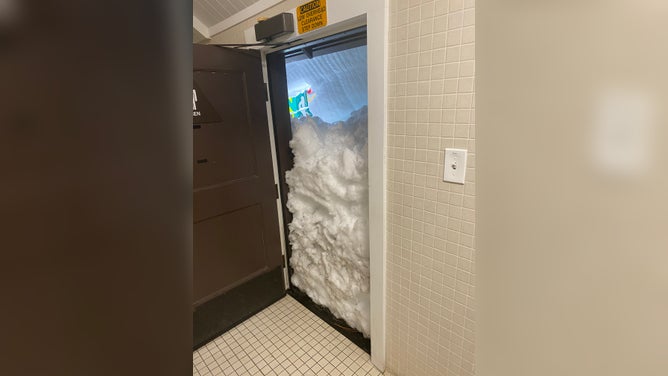Snowpack offers lifeline for 'terminal' Yosemite National Park glacier
One of the last glaciers near Yosemite National Park was about to disappear, but after a heavy snowpack in the Sierra this past winter, the glacier has a lifeline.
Yosemite National Park glaciers given new life after record-breaking snowfall
One of the last glaciers near Yosemite National Park was about to disappear, but after a heavy snowpack in the Sierra Nevada mountain range last winter, it has been given new life. Back-to-back winter storms left 15 feet of snow on the ground, breaking a 54-year-old daily record for the amount of snow falling at one time. What does that mean for the future? FOX Weather's Max Gorden reports.
YOSEMITE NATIONAL PARK, Wyoming-- One of the last glaciers near Yosemite National Park was on the verge of disappearing, but record-breaking winter storms led to a heavy snowpack this winter, offering a new life for the glaciers.
Around 20,000 years ago, Yosemite Valley was covered in about 2,000 feet of ice. As the ice moved, it carved out the valley we see today.
As the Earth has warmed, only five small glaciers remain from the ice in and around Yosemite National Park. The glaciers have been a research subject since John Muir first explored Yosemite in 1872.
THE TOP 10 MOST VISITED US NATIONAL PARKS AND MEMORIALS
According to scientists studying Yosemite, over the past few decades, warmer temperatures and periods of drought have been melting the remaining glaciers at a rapid pace, with warmer nights leading to longer periods of melt-off.
Since 1883, the glaciers have lost 90% of their mass, according to U.S. Geological Survey measurements.
Part of that loss is because of the way glaciers form and maintain ice. When snowfall accumulates in an area, it forms into a permanent field of ice flowing outward and downward.
This winter’s record snowpack has helped put a pause on the rapid glacier melt.
Copious amounts of snow began arriving in December as a caravan of storms and atmospheric rivers slammed California, dropping up to 15 feet of snow across the Sierra Nevada.
Already, the mountains had received copious amounts of snow from a caravan of storms and atmospheric rivers that slammed the state from the end of December well into the start of the new year.
Roads remained closed later in spring due to flooding threats from the snowmelt. Spring roadwork has continued into the summer. Tioga Road remains closed because of snowmelt, according to the National Parks Service.
According to the National Park Service, the snowpack around Yosemite Valley's watershed was releasing 239 billion gallons of water in the spring as the snow melted.
Still, climate trends indicate these glaciers will eventually disappear.
"I’ve heard people compare it to visiting a loved one in the hospital and you know that they’re terminal," Yosemite Park Geologist Greg Stock said. "I tend to think of things a little more scientifically, but there are times (when) it does feel like that. That this thing that I know really well and I care about — it’s disappearing before my eyes."
Scientists say that Conness Glacier will likely be the next to melt in the next decade.
Glacier melt is key to providing water in Yosemite National Park during late summer. It's unclear what will happen when the last glacier has melted.



